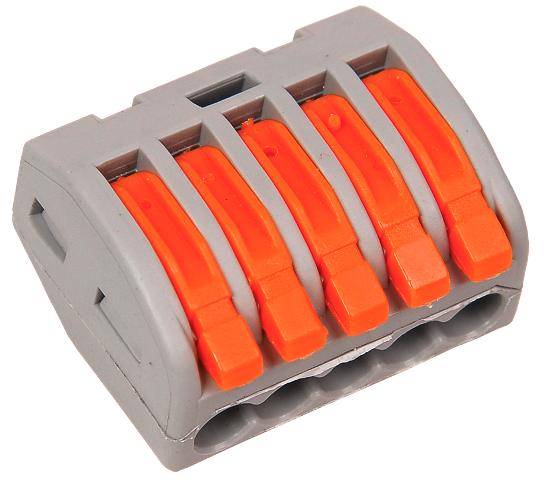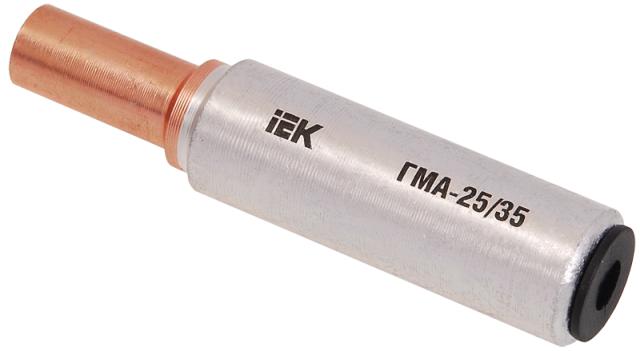Categories: Electric installation work
Number of views: 4343
Comments on the article: 1
Terminals, clamps and sleeves for connecting copper and aluminum wires
For more than a year now, as in residential buildings, it is again allowed to use aluminum alloy wiring. Moreover, quite often copper cables are also available in one apartment - the situation is acceptable, but requires special attention, since there is a problem of the correct transition from copper to aluminum. Consider the best solutions.
According to the Electrical Installation Rules, direct contact of aluminum with copper is prohibited: it provokes strong oxidation at the junction, due to which the contact resistance increases, the wiring heats up and burns. It is necessary to take this into account when choosing the connection option - the terminals, clamps or sleeves must be adapted specifically for the transition from copper to aluminum.
For instance, construction and mounting terminals (QMS) are intended for connecting from two to eight conductors with a cross section of up to 4 mm2 according to the principles of copper-copper, copper-aluminum, aluminum-aluminum. One of the main advantages is low heat loss: the heating temperature when passing the rated current does not exceed 30 ° C. The case of the QMS should be made of self-extinguishing plastic, which does not ignite when heated, and the contact part is made of tinned brass.

The most optimal QMS, inside lubricated with a special paste, which protects the aluminum surface from oxidation, provides reliable electrical contact and protects the junction from electrochemical corrosion.
Other electrical products can also act as an intermediary between copper and aluminum wires - for example, screw clamps (ZVI). An important advantage: ZVI do not require additional insulation, in addition, it is possible to reliably and safely connect and fix several wires at once.
Sleeves connecting isolated (GSI) allow high-quality and quick to connect copper and / or aluminum wires with a cross section of 0.5 to 6 mm². They are used in electrical circuits of direct or alternating current voltage up to 400 V. The main advantages are ease of installation (crimping method) and simultaneous isolation of the contact. Modern sleeves with a new type of insulation in the form of heat shrink (GSI-t) are also completely waterproof, and tight (glue is inside).

For switchboards and wiring outside the apartments, other types of connectors should be used.
Tinned copper sleeves (GML)made of high-quality electrotechnical copper, designed for connection on the type of "copper - copper", "copper - aluminum", "aluminum - aluminum". Most often, these devices are used for external wiring, for example, for connecting cables coming from a transformer substation to a switchboard. It is important that the cross-section of the connected cables must be the same and strictly correspond to the cross-section of the sleeve, otherwise the contact will be unreliable.

When it is necessary to merge two veins of different geometric sizes, they are used copper-aluminum sleeves (GMA). They have a marking, consisting of two numbers: the first indicates the cross section of the copper conductor, the second - aluminum. On the aluminum side, the GMAs are equipped with a special cap: it protects the inside from the appearance of an oxide film, which reduces the conductivity at the junction of the sleeve and the cable. As a rule, the need to connect two wires of different cross-section arises during the transition between external and internal wiring.

Devices for a safe transition from copper to aluminum wires are affordable and easy to use, so you should not risk it and use the direct twisting method even as a temporary option when connecting wires of different metals.
Material prepared by the press service of IEK GROUP
See also at electro-en.tomathouse.com:

